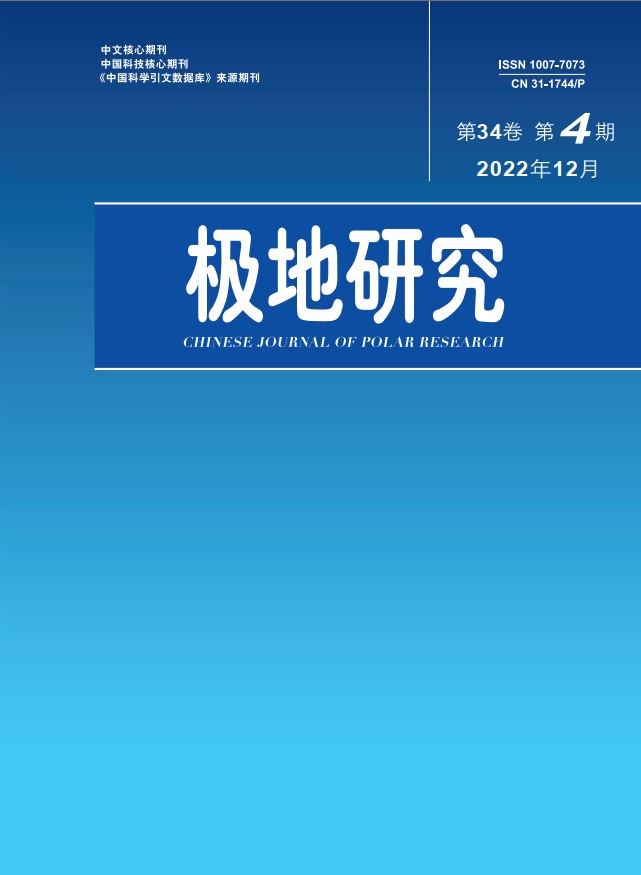|
|
Spatiotemporal variations of Arctic multi-year ice from 2000 to 2019
Hu Haihan , Zhang Zhilun, Li Xinqing, Hui Fengming, Zhao Jiechen, Zhuang Qifeng
2022, 34 (4):
419-431.
DOI: 10.13679/j.jdyj.20210070
Multi-year sea ice is a critical component of the Arctic ecosystem and can act as an indicator of Arctic climate change. For instance, the spatial and temporal variability of multi-year ice in the Arctic region can reveal broader regional climatic trends. Based on sea ice age and thickness data from the U.S. National Snow and Ice Data Center (NSIDC), this paper analyzed the temporal and spatial variation characteristics of multi-year Arctic ice extent and age from 2000 to 2019. Ice thickness and volume dynamics between 2011 to 2019 are also assessed. An attribution analysis of multi-year ice variations was then carried out based on the reanalysis data provided by the European Center for Medium-Term Weather Forecasting (ECMWF). The results showed that the majority of Arctic multi-year ice (65.6%) was mainly distributed in the central part of the Arctic. Compared with 2000, the extent of multi-year ice decreased by 1.61×106 km2 in 2019, and the proportion of sea ice, which persists for at least five years or more, decreased by 21%. The fastest reductions occurred in the Chukchi Sea and Beaufort Sea. From 2011 to 2019, the average thickness of multi-year ice was 2.35±0.18 m. The increase of ice thickness and volume fluctuated greatly from year to year during the icing period, and the decrease rate during the melting period was generally faster than the increase rate during the icing period. Among the correlation analysis of various environmental parameters, the 2-m air temperature and sea surface temperature exhibited the strongest significant negative correlations with multi-year ice variations, with the correlation coefficients are –0.78 and –0.77, respectively. In light of continued global warming and “Arctic amplification”, more attention should be paid to the future variations of Arctic sea ice, especially multi-year ice changes with greater thickness and longer retention, which have a major impact on the Arctic ice mass balance.
References |
Related Articles |
Metrics
|

